| | Smart Saving | |
“Never spend your money before you have it.” – Thomas Jefferson Welcome to the October 2020 edition of TotalWellbeing, your guide to the 8 dimensions of wellbeing. This month we will be looking at smart saving and ways to manage your money. This is an important topic to pretty much everyone and with current economic uncertainty, it is as crucial as ever to save money and plan for the unexpected. Check out the resources below for savings options, pros and cons of various ways to save, and 10 money resolutions you can make right now to help secure your financial wellbeing. Also, October is National Substance Abuse Awareness Month. A recent study from Mental Health American showed that while the number of adults and youths struggling with substance abuse and addiction has dropped, still nearly 8% of Americans have some sort of substance abuse issue. That is still over 26 million people that are struggling. If you know someone that is dealing with substance abuse, you are in need of resources yourself, or would just like to talk to an expert about concerns or resources that may be available, please call MINES today. As a quick reminder, your online portal, PersonalAdvantage, also has helpful resources and tips and resources on financial issues as well as substance abuse. Please log on today for articles, self-help tools, health assessments, and more. To your total wellbeing, The MINES Team Safe Money: Weighing Savings Options in a Low-Interest Rate EnvironmentKeeping money in an account whose interest rate hovers below 1% may not hold much appeal in a world where return on investment is king and memories of much higher rates linger. But even amid the current prolonged period of exceedingly low-interest rates, there are compelling reasons for consumers to keep cash in a vehicle such as a savings account, money market account, or certificate of deposit (CD). Which savings environment is right for you? Here is a look at some of the options: Online high-yield savings account. Today the savings accounts with the highest rates — sometimes 1% or perhaps a tick above — are often found online. “Online savings accounts end up being the best solution in many cases,” says O’Kurley. However, be aware that these accounts come with moving parts. Some carry attractive initial rates that quickly revert to less attractive lower rates. Others couple a relatively high-interest rate with a higher minimum balance. Given these distinctions, it pays to spend some time comparison-shopping, with www.bankrate.com a good place to start. Savings account from a brick-and-mortar bank. People who prefer to do their banking offline, person-to-person, may prefer to open a savings account at a local bank. They’ll likely earn a lower interest rate as a result. Certificate of deposit. Gone are the days when interest rates for short-term three-month or six-month CDs consistently and substantially exceeded those of traditional savings accounts. These days, securing a higher interest rate with a CD often means committing to keeping money in the account longer-term — for one, three, or even five years. Thus CDs limit flexibility, as the extra return they provide can be quickly erased by penalties for early withdrawal. The trade-off — sacrificing accessibility to that cash simply to earn a little extra money in interest — often isn’t worth it, O’Kurley says. “CDs are what they have always been: FDIC-insured accounts you get from a brick-and-mortar bank. But you’ll give up liquidity to get one.” Parking money in a CD for several years also comes with interest rate risk. Should interest rates rise, a lower rate would still apply to the money inside the CD, precluding the CD owner from earning a higher rate on that money. People who are willing to live with that risk while sacrificing a measure of liquidity with a CD can comparison-shop at www.bankrate.com. Checking account. While most checking accounts are FDIC-insured and some pay interest, not only do their interest rates rarely match those of savings accounts (particularly online savings accounts), they also may come with a range of restrictions and requirements, including minimum initial deposits, transactions fees, and other costs that can add up quickly. For those reasons, checking accounts typically are better suited to house money you intend to spend, not save. Money market account. As with CDs, money market accounts no longer hold much of an interest rate edge over savings accounts, which is why O’Kurley says he rarely recommends them to clients. While they could regain that edge when interest rates bounce higher, there’s no telling when that may happen. Still, because most money market accounts are FDIC-insured, as modest as their interest rates are, they remain a viable, if lower-yielding, option for stowing “safe money.” Read the full article here. If you or someone you know would like more advice or coaching around financial matters including budgeting, saving, and debt management, remember that Your Employee Assistance Program is here to help. In addition to free and confidential counseling, you have access to financial coaching and resources as well. Call us at 1-800-873-7138 to get connected right away. Also, PersonalAdvantage has a ton of great resources and FREE webinars. | ||
10 Money Resolutions
Remember, your Employee Assistance Program is here to help you reach financial goals. This includes financial counseling, self-help tools and calculators, and free 30-minute consults on financial matters. If you need additional information, or to access services, please call MINES and Associates at 1-800-873-7138 today. | ||
Question of the MonthThink of any reoccurring expenses that may be putting a strain on your finances. Perhaps subscriptions you no longer use, or streaming services that can be consolidated. What can you do to reduce or eliminate these expenses from your financial routine? | ||
| If you or a member of your household needs assistance or guidance on any of these wellbeing topics, please call MINES & Associates, your EAP, today for free, confidential, 24/7 assistance at 800.873.7138. | ||
This Month’s FocusFree Webinar:MINESblog:New to TW? Check out our past Blogs! Are There Potentially Positive Outcomes from COVID-19? Back to School During the Pandemic Important LinksContact Us | ||
 | MINES does not warrant the materials (Audio, Video, Text, Applications, or any other form of media or links) included in this communication have any connection to MINES & Associates, nor does MINES seek to endorse any entity by including these materials in this communication. MINES accepts no liability for the consequences of any actions taken on the basis of the information provided herein, nor any additional content that may be made available through any third-party site. We found them helpful, and hope you do too! | |
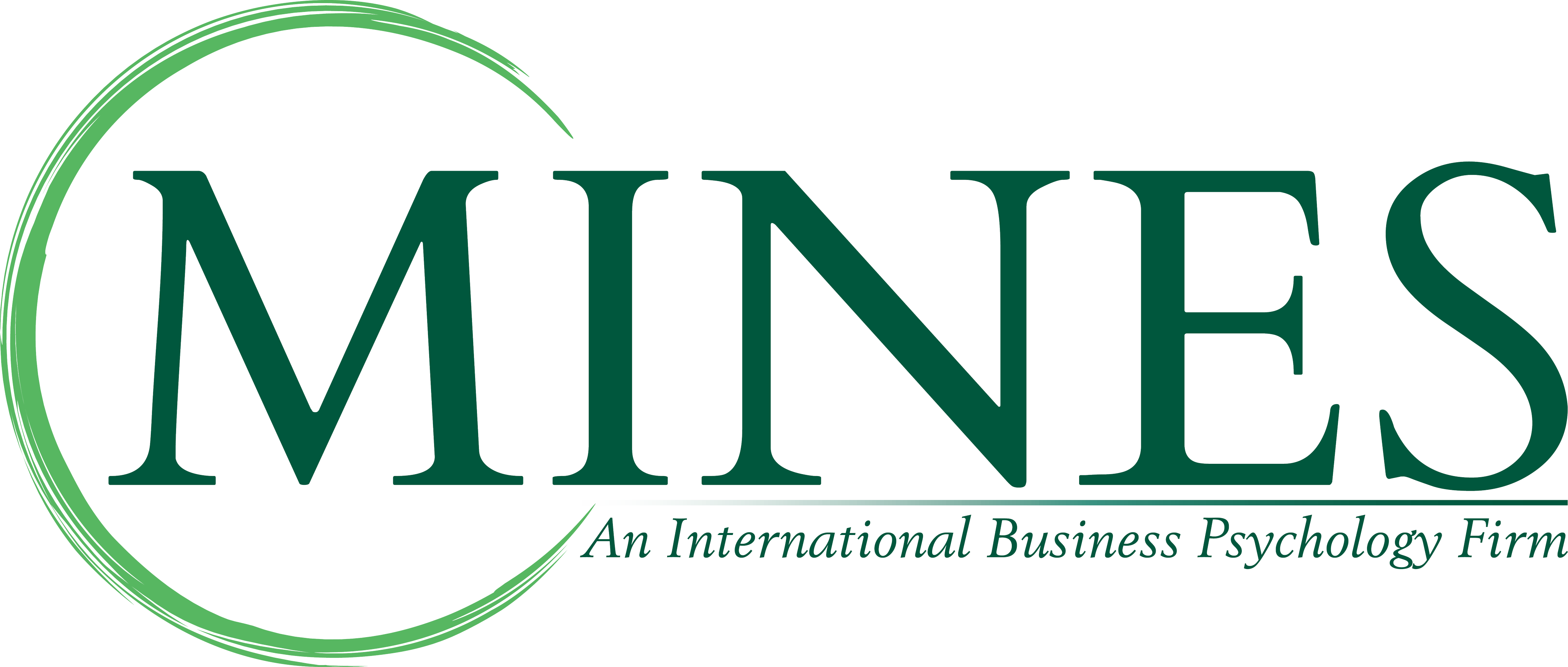


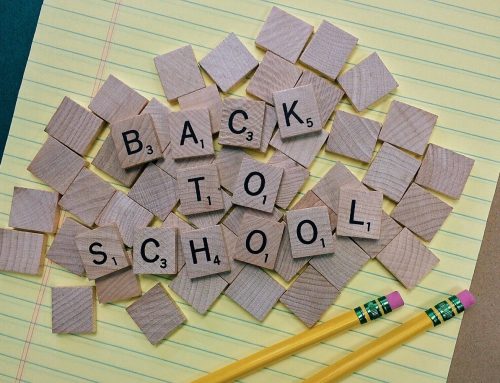
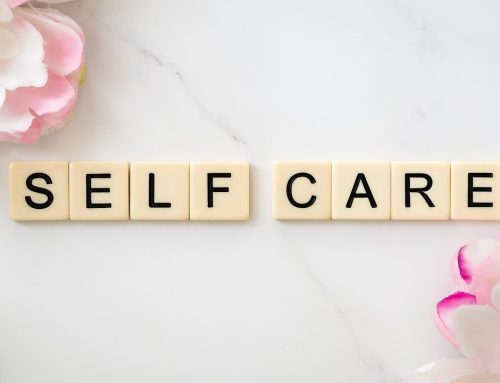


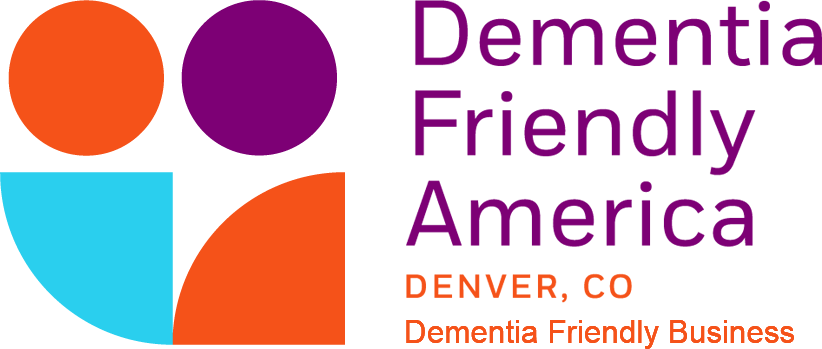

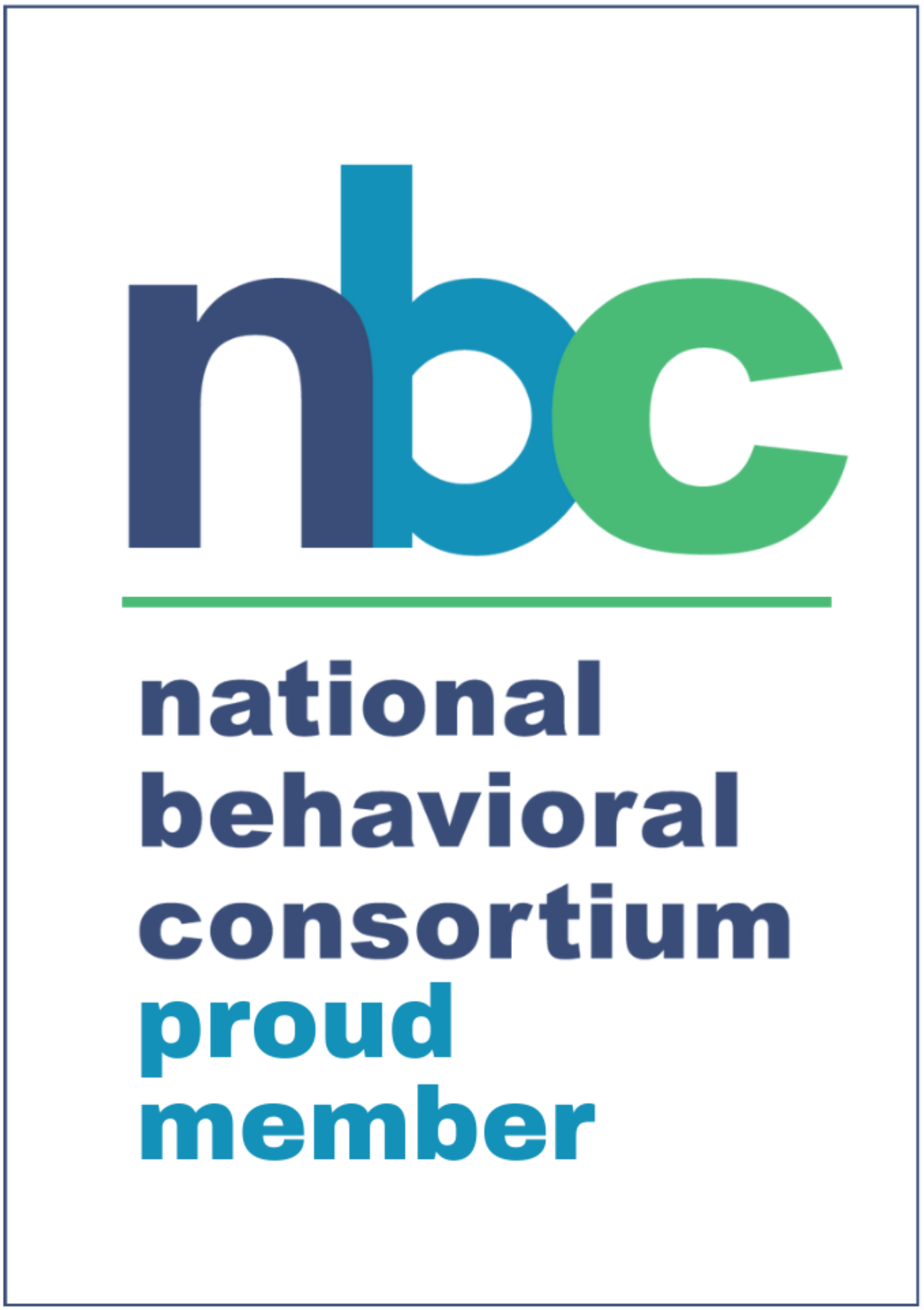
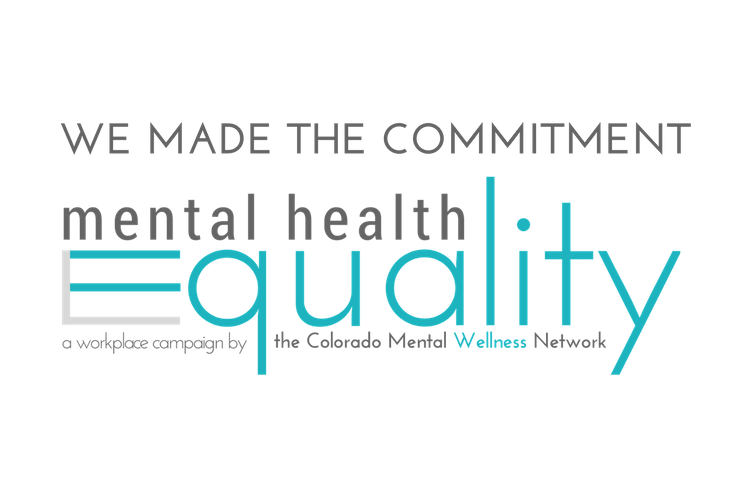

Leave A Comment